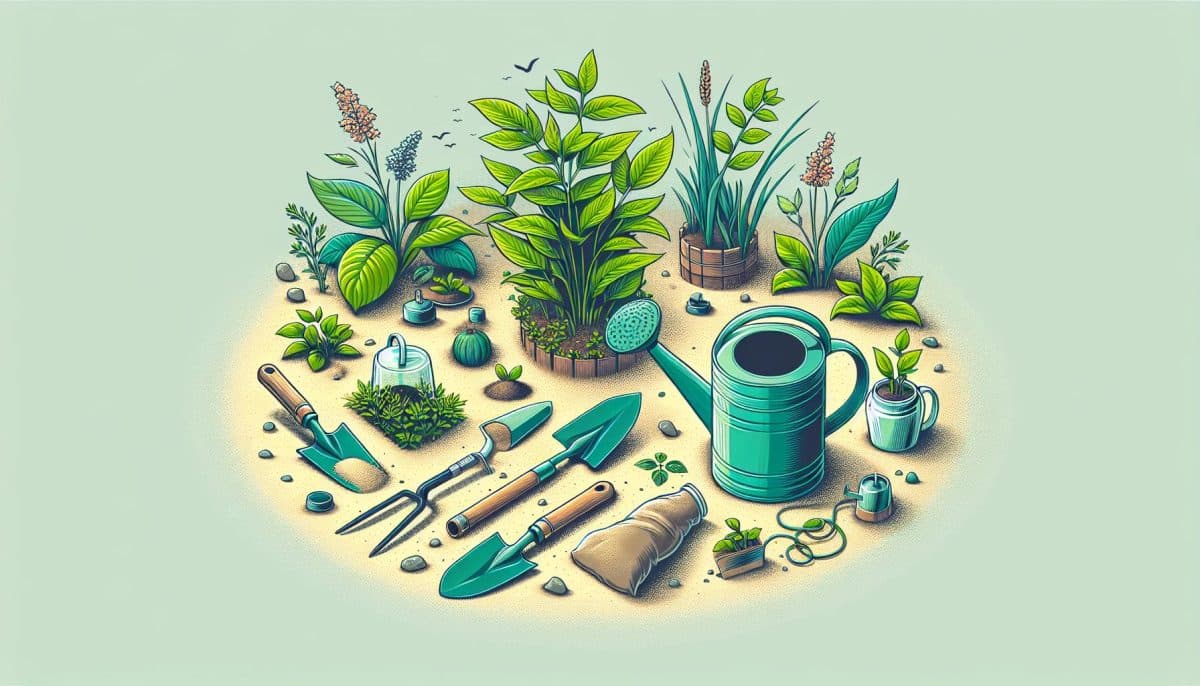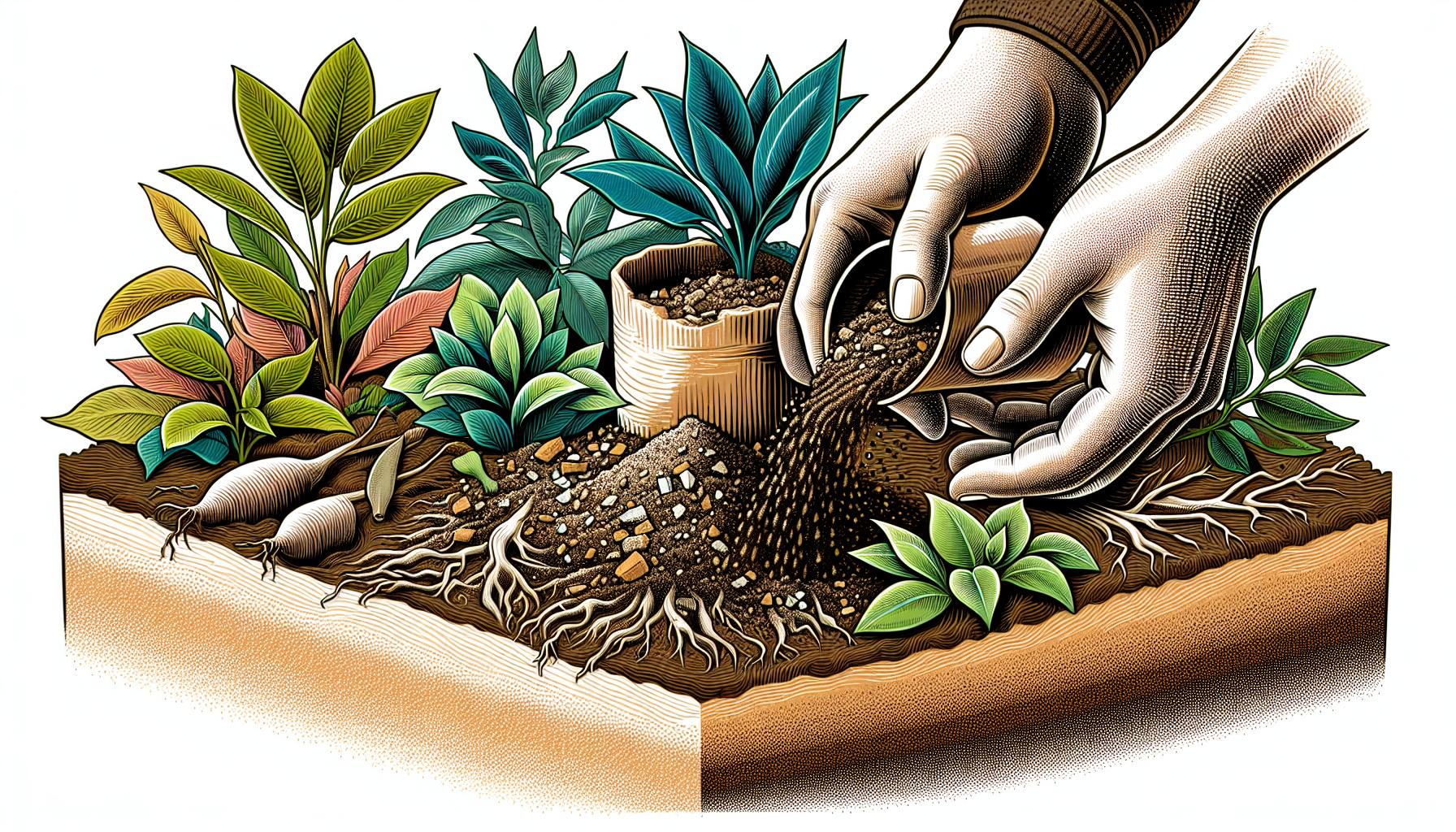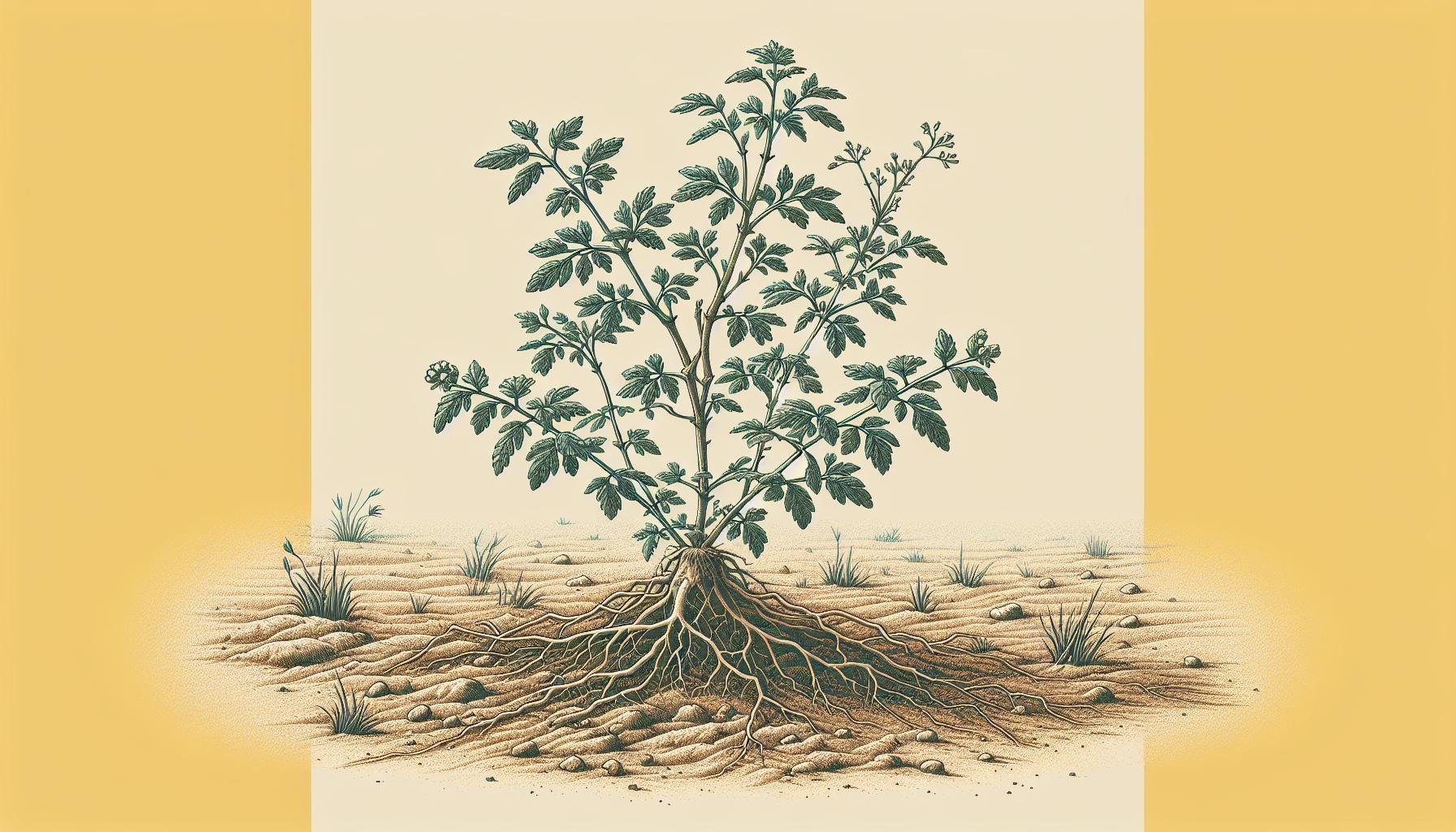
Ever wondered why your beach-inspired garden isn’t thriving? Sand’s coarse texture and quick drainage might seem ideal, but they’re precisely why it’s not the best for growing plants. You’ll find that sand’s inability to retain water and nutrients challenges even the hardiest of green thumbs.
In sandy soils, vital elements slip through the cracks, quite literally, leaving your plants thirsting for more. You’re about to discover why sand can be a gardener’s foe and what you can do to turn the tide on your sandy garden woes.
Challenges of sandy soil for plant growth
When you’re considering beach-inspired gardening, understanding the challenges of sandy soil is crucial. Sandy soil is known for its:
- Large Particle Size The granules in sandy soil are relatively large, which affects how water and nutrients behave in the soil.
- Fast Drainage Rate Unlike clay or loamy soils, sandy soil drains water quickly, reducing the amount of moisture available to plants.
- Nutrient Deficiencies Nutrients often leach away with the draining water before plants have the chance to absorb them.
Water Retention Issues
In a sandy garden, you’ll notice that after watering, the moisture dissipates at a brisk pace. This requires frequent watering to ensure that plants stay hydrated.
Nutrient Leaching
Nutrients are vital for plant growth, but sandy soils can make it difficult for plants to access these necessary elements. As water moves through, it carries away nutrients, leaving…
Soil Stability and Support
Sandy soils do not provide the same level of support as other soil types. This can lead to…
Solutions on the Horizon
Don’t despair if you’ve got sandy soil. There are methods to boost your garden’s potential. By incorporating organic matter and considering suitable plant species, you can transform your sandy garden into a thriving oasis. Remember, specific plants naturally prefer sandy conditions and can flourish with the right care.
Poor water retention in sandy soil

When designing your beach-inspired garden, understanding the water retention capacity of sandy soil is crucial. Unlike clay or loamy soils, sandy soil struggles to hold onto water. This is due to the large size of the sand particles, creating significant gaps through which water easily drains.
The challenge with poor water retention is that it limits the amount of water available to plant roots. In a sandy environment, water moves too quickly for plant roots to absorb what they need. This can result in drought-like conditions, even when there’s regular rainfall or watering. To address this issue effectively, consider adding organic matter to your sandy soil. This improves its ability to retain water and provides necessary nutrients to plants. Some organic materials that can enhance water retention include:
- Composted manure
- Leaf mold
- Peat moss
By integrating these materials into your soil, you’ll create a more hospitable environment for plant roots. They’ll have access to a steadier supply of water, which is vital for their growth and development. Also, selecting plant species adapted to sandy soil can help circumvent the problem of poor water retention. Certain plants are inherently more tolerant to drought due to their deep root systems or their ability to store water. Suitable plants for sandy gardens might include:
- Cacti and succulents
- Lavender
- Sea thrift
These plant choices not only survive but also thrive in conditions where water is a scarce resource. By combining soil improvement measures with smart plant selection, you’re on your way to establishing a lush, vibrant garden that overcomes the innate challenges of sandy soil.
Nutrient deficiencies in sandy soil

Sandy soil inherently lacks the ability to retain essential nutrients that your plants need for growth. It’s composition of coarse particles allows for rapid drainage, which means water soluble nutrients are easily washed away before plants have the chance to absorb them. This leaching process results in a nutrient-poor environment where fertilisers may be needed more frequently to maintain plant health.
To tackle this issue, it’s essential to understand the key nutrients that sandy soil often lacks:
- Nitrogen, crucial for leaf growth
- Phosphorus, important for root and flower development
- Potassium, which aids in overall plant health
- Magnesium, a central component of the chlorophyll molecule
Adding organic matter such as compost or well-rotted manure can improve the nutrient-holding capacity of sandy soil. Also, slow-release fertilisers can offer a more stable supply of nutrients, reducing the risk of them being washed away between applications.
A study conducted by the University of Minnesota highlights that incorporating organic amendments into sandy soil can increase its nutrient storage capacity by up to 20%. This enhancement not only benefits plant growth but also reduces the environmental impact by minimizing nutrient runoff into water systems.
Regular soil testing can provide a clear picture of what your sandy soil is missing. With this information, you can tailor your gardening practices to include specific nutrient supplementation that supports healthy plant growth in a challenging environment.
Effects of sand on root development

Sand’s Coarse Structure Hinders Root Spread
The gritty texture of sand can be a significant barrier to root development. In sandy soils, roots have to work harder to penetrate the large, loose particles. This can lead to a shallow root system which struggles to support plant growth. In contrast, loamy or clay soils help a more extensive root network which is essential for stability and nutrient uptake.
Poor Water Retention Affects Root Health
Due to sand’s quick-draining nature, your plants may experience drought-like conditions even with regular watering. Roots in sandy soil can’t access water before it drains away, depriving them of essential hydration. This stress can compromise root health and leave your plants vulnerable to disease.
Nutrient Leaching Impairs Root Nutrition
The inability of sandy soils to hold onto nutrients is another obstacle for root development. Valuable minerals like nitrogen, phosphorus, and potassium, crucial for plant growth, are washed away before roots can absorb them. Supplementing with slow-release fertilizers is vital to ensure that the roots receive the nutrition they need.
Compaction Reduces Oxygen Availability
While sand typically allows for good aeration, areas of compaction can occur, especially in gardens with heavy foot traffic. Compacted sand lacks the necessary spaces between particles that enable oxygen to reach the roots, stunting their growth and function. Regularly loosening the soil can help prevent this issue and promote healthier root systems.
Strategies for improving plant growth in sandy soil

Opt for Drought-Resistant Varieties
When you’re working with sandy soil, choosing the right plants is crucial. Drought-resistant varieties are your best bet as they are better adapted to the arid conditions sandy soil creates. These plants tend to have deep root systems that make them more resilient in less-than-ideal soil conditions. Succulents, lavender, and yarrow thrive in sandy environments, offering you a palette of plants that won’t just survive but flourish.
Integrate Organic Matter Regularly
One of the most effective methods for improving sandy soil is by adding organic matter. This can boost the soil’s ability to retain water and nutrients. By incorporating materials like well-rotted manure, compost, or leaf mold, you increase the humus content in the soil, which enhances its structure and fertility.
Apply Mulch to Conserve Moisture
Mulching is a simple yet effective tactic to preserve soil moisture. Apply a thick layer of organic mulch, such as straw, bark, or wood chips, around your plants. This layer acts as a barrier, reducing evaporation and keeping the soil cool. So, you’ll find yourself watering less frequently, and your plants will stay hydrated for more extended periods.
Carry out Watering Techniques Wisely
Efficient watering methods, like drip irrigation or soaker hoses, target the root zone directly, minimising water loss due to evaporation and runoff. These systems deliver water slowly, allowing for better penetration into the sandy substrate and ensuring that plants get the moisture they need without wastage.
Use Soil Amendments to Enhance Nutrient Content
Your sandy soil will benefit from specific amendments that improve nutrient retention. Slow-release fertilizers are particularly beneficial; they break down gradually, providing a consistent nutrient supply that plants can tap into.
| Amendment Type | Benefit |
|---|---|
| Slow-release Fertilizer | Sustained Nutrient Supply |
| Greensand | Trace Minerals & Potassium |
| Rock Phosphate | Phosphorus without Swift Leaching |
By implementing these strategies, you can transform sandy ground into a more hospitable environment for plant growth, turning potential weaknesses into strengths that support a vibrant, diverse garden.
Conclusion
You’ve seen the challenges sandy soil presents for your garden. It’s clear that while the beachy aesthetic might be appealing, the practicalities of growing in sand are less than ideal. But, with the right approach, you can turn these sandy setbacks into a thriving garden. By incorporating organic matter, choosing the right plants, and using smart gardening techniques, you’ll create an oasis that defies the odds. Remember, it’s not just about battling the sand; it’s about understanding and working with your environment to cultivate success. So roll up your sleeves and get ready to transform your sandy garden into a flourishing world.
Colin Macmillan is a seasoned entrepreneur and the CEO of Riverwood Landscape, a leading landscaping company based in Canada. He has been at the helm of the company since leaving high school, demonstrating his strong leadership skills and business acumen.
Colin’s expertise lies in various aspects of landscaping, including lawn care, interlocking, sod installation, and commercial maintenance. His hands-on approach and dedication to the craft have been instrumental in building Riverwood Landscape into a reputable brand.
One of his most notable achievements is the creation of a successful landscape franchise that services multiple locations. This accomplishment underscores his strategic thinking and ability to scale operations effectively.
Colin has also had the privilege of working with Guelph Hospital for landscaping and maintenance, a testament to the trust and reliability that his company has earned over the years.
His professional mission is to offer the best services and experiences for customers, a goal that he tirelessly pursues. Colin’s commitment to excellence and customer satisfaction continues to drive the growth and success of Riverwood Landscape.








